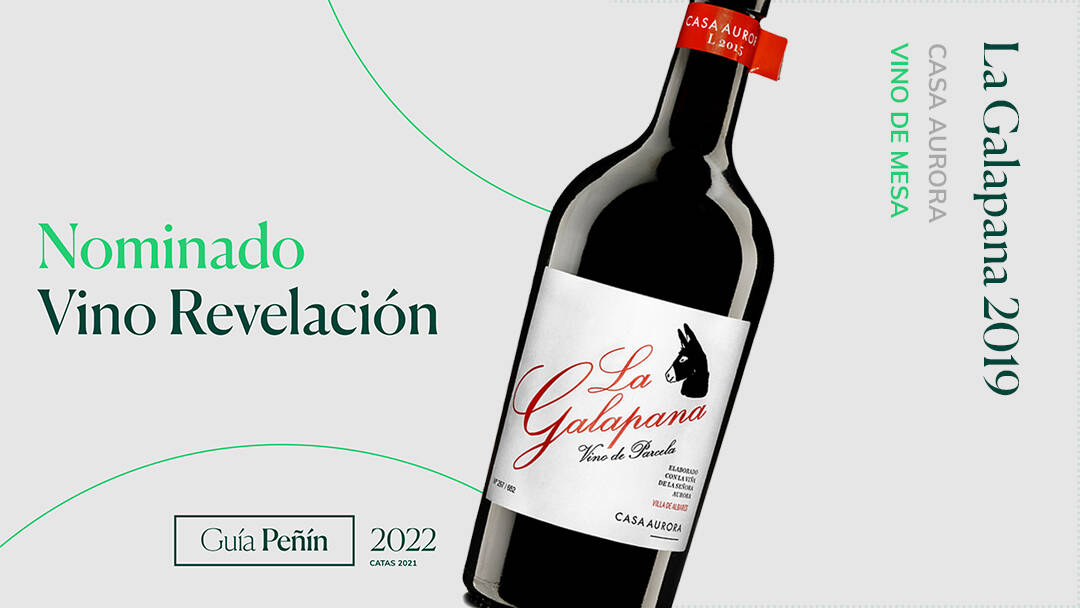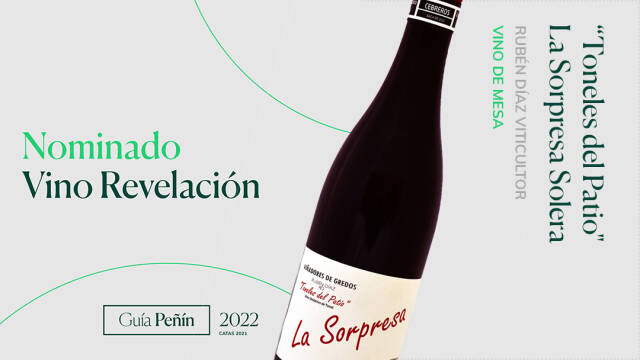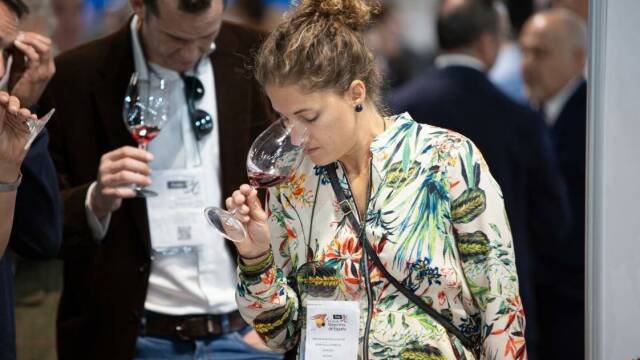La Galapana is the recovery of a place that has survived to the present day with very interesting vineyards but cared for in a very rudimentary way. A place where the harsh climate and extreme altitude did not prevent wine from making its way, even though viticulture was not a way of life there.
Things don't just happen by chance, climate change has allowed the place to become a focus of attention for those who make fresh and elegant wines. That is why in the next few years we will surely see some important people coming to the area. For the time being it has been Casa Aurora, with due recognition also given to Dominio de Tares, who has laid the foundations for a meticulous, delicate and subtle work.
The project currently has 2 hectares of vineyards and is working on a further 8 hectares. Only what the owner can work personally is incorporated. This is a personal wine, although the most valuable aspect of this wine is not the person, but the representation of a fresh and pure environment. The work with wood in this type of wine is, as we imagined, subtle. It supports but does not hinder the true meaning of the wine, the place, the environment.

 Log in
Log in










